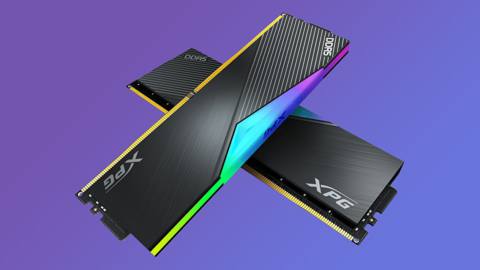
One of the most interesting things about the debut of Intel’s 12th-gen processor platform is that it offers people a meaningful choice in motherboards – not only high-end ‘Z’ series boards versus cheaper and less feature-rich ‘H’ and ‘B’ boards, but also versions equipped with both traditional DDR4 and next-gen DDR5 memory. Most initial review coverage of 12th-gen processors tested primarily on DDR5 boards, including our own, as this offers the best potential for interesting differences between generations, but it leaves open the question of which RAM type is actually the better buy for consumers – both in the short term and the long term.
Other outlets have covered these differences expertly, but we wanted to add our take on the memory dilemma with our particular focus on CPU-intensive and memory-intensive sections of modern games. Our somewhat later coverage also allows us to evaluate memory value from slightly further ahead in the timeline, as the initial spike for DDR5 demand seems to have tailed off and prices are beginning to shift. After all, while DDR4 is clearly the cheaper option in the here and now, most PC builders are keeping their motherboards and processors for upwards of five years – so it’s worth considering whether DDR5 is a future-proof investment or an unnecessary cost sink over that kind of a timeframe.
To test our memory, we’ve used a slightly different setup than featured in our Intel 12th-gen processor reviews. We’ve swapped our Asus Z690 motherboard to a memory OC focused option from MSI, the MEG Z690 Unify-X, equipped with just two DIMM slots to maximise the performance of a single dual-channel kit. We’ve also been provided with XPG’s Lancer 2x 8GB 6000MT/s CL40 memory, which is among the fastest you can currently buy and a significant step beyond the 4800MT/s and 5200MT/s memory we had access to in our prior 12th-gen coverage.






